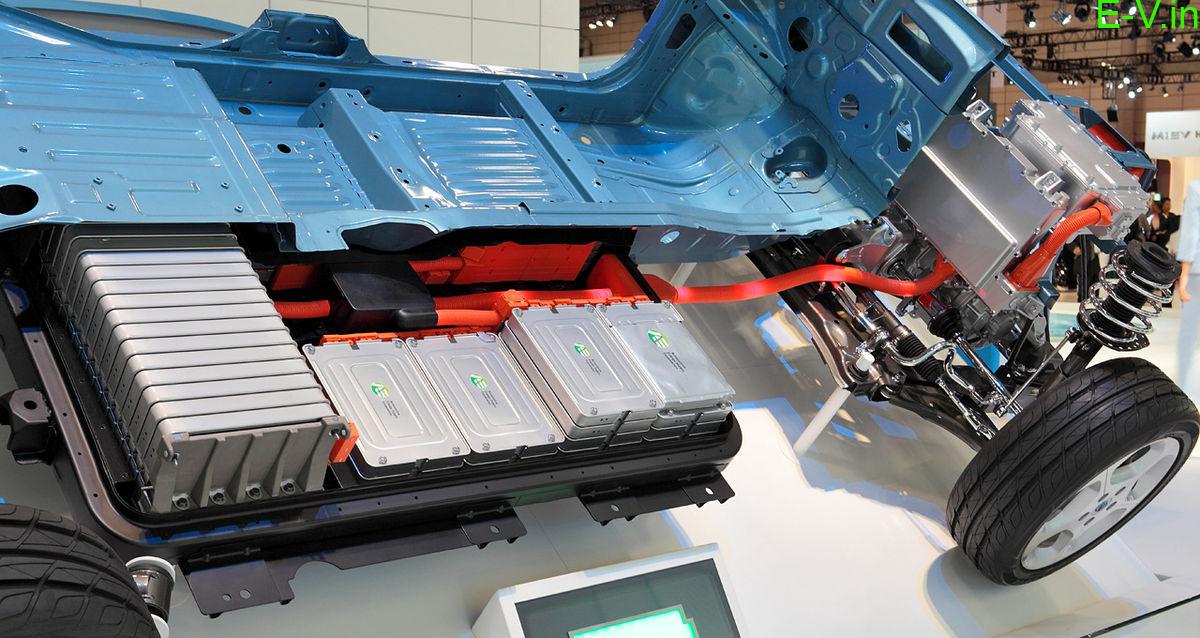
India & Australia collaborated to produce cheaper lithium batteries
To promote the adoption of electric vehicles and to make it less expensive the Monash University, the India Institute of Technology Bombay-Monash Research Academy, and Deakin University collaborated and showed how inexpensive materials can be used in making high-performance batteries for the future.
India & Australia research study to produce cheaper EV batteries
Electric Vehicles batteries are the most important and expensive element. It costs one-third of the electric vehicle’s price due to lack of availability of the required elements. lithium batteries are much more expensive which results in costlier electric vehicles. This collaborative research study is tackling this issue to produce inexpensive lithium batteries.
The research focus is on lithium batteries which are used in light commercial and battery-propelled warehousing vehicles. It yet to address trucks per se and larger vehicles are on the agenda. The study author professor Maria Forsyth, from Deakin University, says “Trucks are certainly in the realms of possibility since logistics normally has a known transportation path and timing so that recharging a fleet of trucks, for example, would be viable.”
Lithium-ion battery technology & recycling market, potential & opportunity in India
As lithium is a rare source which is becoming a challenge to produce on a large scale and sell the batteries on an affordable prices says Monash University reports and is finding more sustainable way to use lithium-ion batteries.
The scientists have shown ‘carbon cloth collector’ can improve the sulphur utilisation of batteries which makes them more efficient. The “Batteries of the future are necessary because in various significant market areas they form a vital part of the transition away from fossil fuels,” study author professor Douglas MacFarlane, from the Monash University School of Chemistry, says.
Transport Minister says to find alternatives for lithium-ion battery tech
“Integration of renewables into the grid is hampered by the variability of the supply, and battery storage either in the home or at the wind/solar farm is seen as a necessary, but currently a very expensive, component of the system.”
This research has been conducted in partnership between the IITB-Monash Research Academy and the Indian Institute of Technology Bombay (IITB), India and Monash University under a highly innovative PhD program. Deakin University also had a major role in this study as it is expert in the prototyping and upscale of the batteries.
This research aims to develop affordable high-performance batteries and it is a part of a longer-term collaboration between the Monash, Deakin and the ITTB funded through an Australia India Strategic Research Fund (AISRF) project.
“The most immediate application of these batteries in India could be in local transportation applications, for example in the auto-rickshaws that are extensively used in Asia as well as smaller electric vehicles,” Forsyth says. “In Australia, we could see such batteries powering EVs, and they could also be used for home battery storage.”
She said particularly auto-rickshaws and smaller vehicles because in India as these vehicles are high in number and are mostly running on polluting diesel and noise pollution.”
A high-energy-density room-temperature sodium-sulphur (RT Na-S) battery was described by the study. It has discovered that the simple chemical activation of a carbon cloth current collector which can be filled with a sulphur-based liquid electrolyte, could allow a Na-S battery to operate at near its theoretical voltage and deliver an energy density of just under 1kWh/kg of sulphur.
Amara Raja and Gridtential Energy partners for Bipolar Battery Technology
The raw materials used in this batter, Na-S battery is the sodium salts and sulphur are more common and inexpensive. The battery can be operated at room temperature and can be charged and discharged at reasonable rates such as half-an-hour charging and discharging.
The most important key in this development is the carbon cloth says Monash University. “By activating it in a simple process it becomes a catalytic agent in the discharge process of the sulphur electrode, leading to a higher overall voltage and extended cycle life.”
If you are an EV manufacturer or EV Dealer or EV Supporter who want to share news related to electric vehicles on our website, please send an email to crm@electricvehicles.in
For the latest electric vehicles news, follow electricvehicles.in on Twitter, Instagram,Facebook and subscribe to our YouTube Channels English, Hindi, Telugu and Kannada








Insterted in ev vehicle